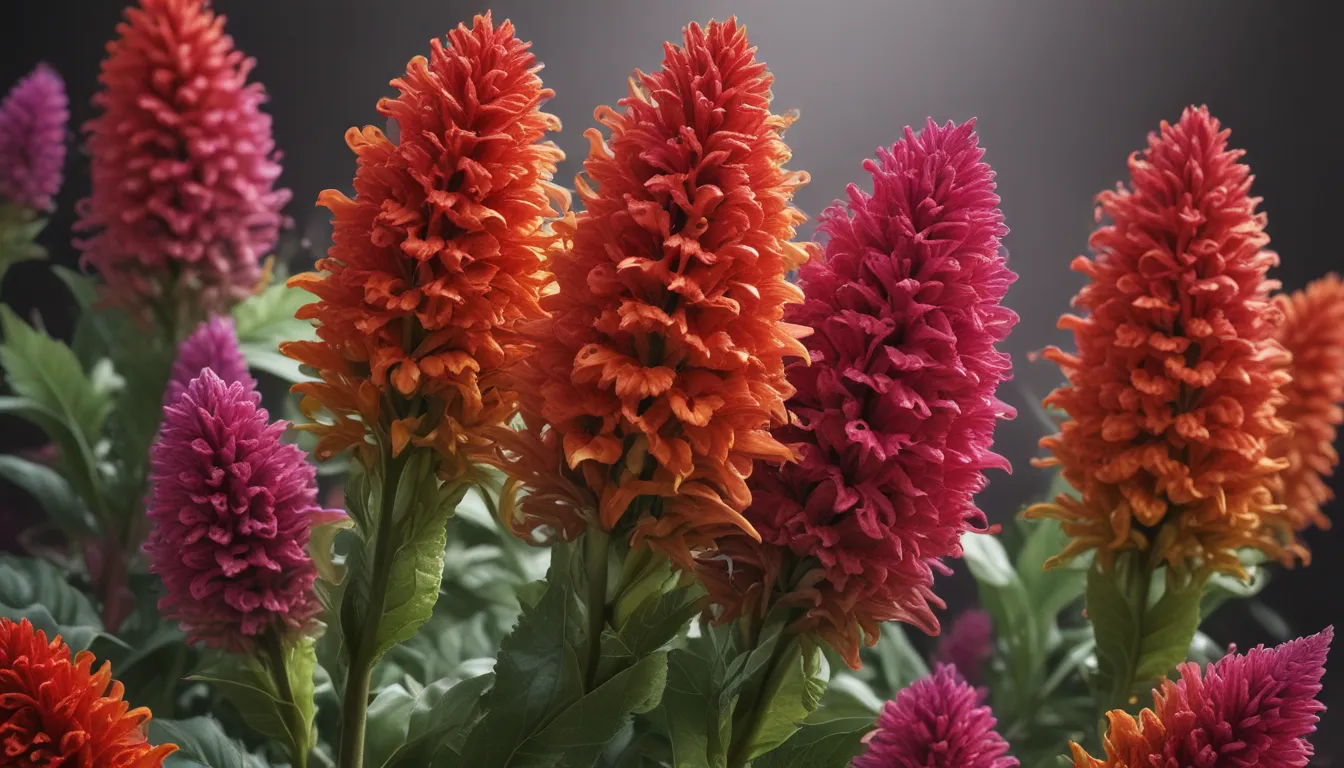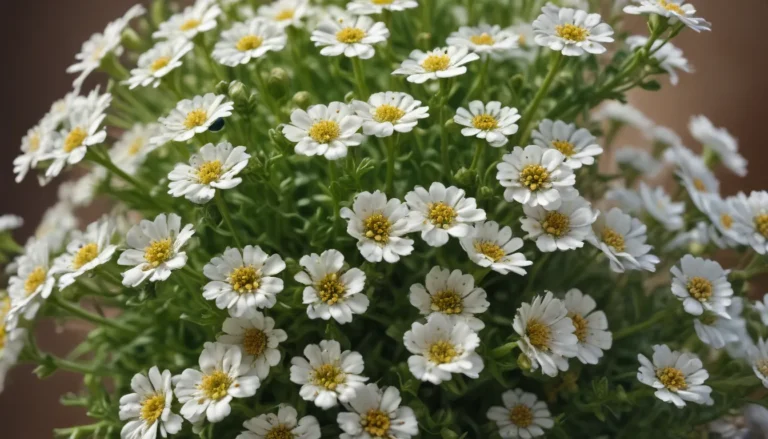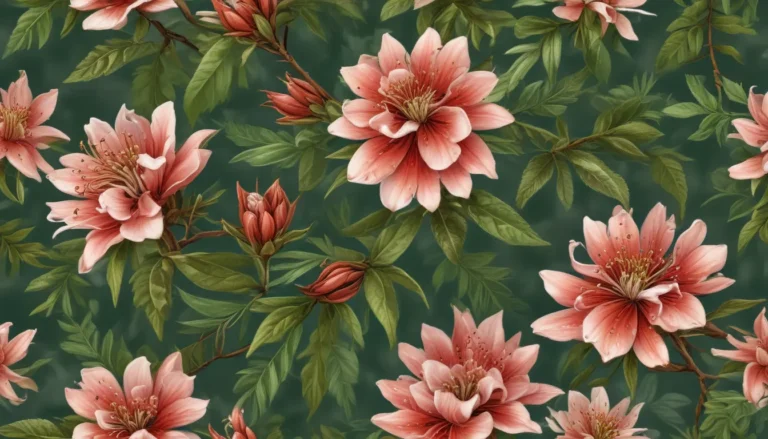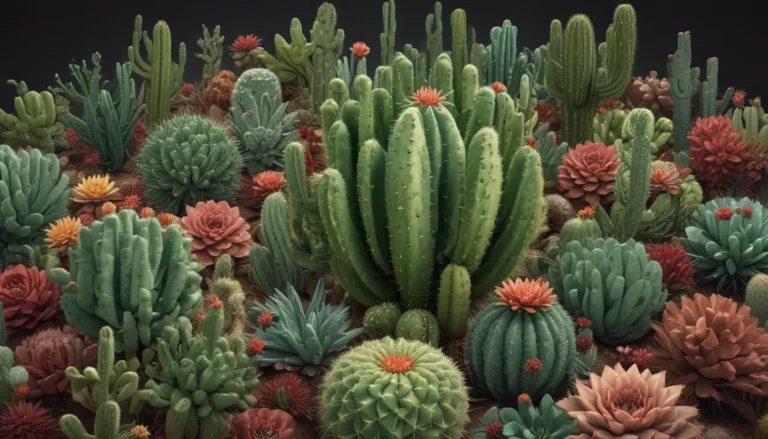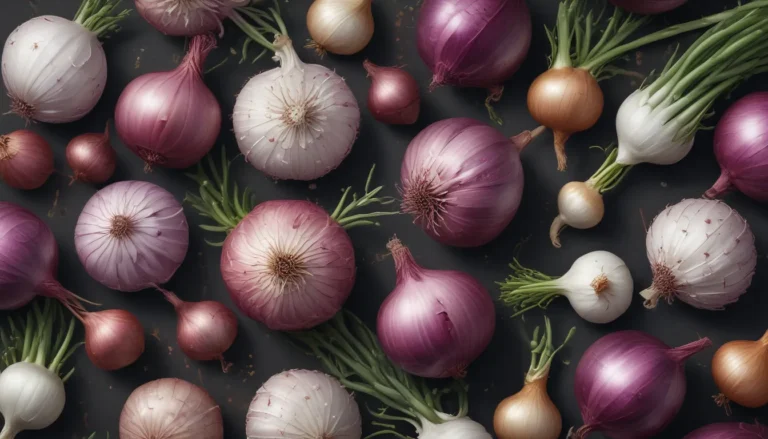The pictures we use in our articles might not show exactly what the words say. We choose these pictures to make you interested in reading more. The pictures work together with the words but don’t take their place. The words still tell you the important facts.
Welcome to the enchanting world of celosia flowers, also known as cockscomb. These stunning blooms, with their vibrant colors and unique textures, have captured the hearts of gardeners, nature enthusiasts, and flower lovers around the globe. In this comprehensive guide, we will explore 19 fascinating facts about celosia flowers, shedding light on their history, cultural significance, growing conditions, and much more. Whether you are a seasoned gardener or simply someone who appreciates the beauty of flowers, this article is sure to provide valuable insights into the captivating world of celosia.
Discovering the Beauty of Celosia Flowers
Celosia, derived from the Greek word "kelos," meaning burned, is aptly named for its flame-like appearance. These vibrant flowers come in a variety of colors, including red, orange, yellow, and pink, making them popular choices for gardens and floral arrangements. With their long-lasting blooms and cultural significance, celosia flowers add vibrancy and positivity to diverse settings, from celebratory occasions to pollinator-friendly gardens to artistic inspirations.
Unveiling the Rich History of Celosia
Celosia flowers have a long history of cultivation, dating back to ancient civilizations. Cherished for centuries, these distinctive blooms have adorned gardens worldwide. Known for their heat tolerance and ability to thrive in hot climates, celosia plants are a popular choice for gardens in warmer regions. In some cultures, celosia flowers are even utilized for culinary purposes, with certain varieties being edible and used in traditional dishes in parts of Africa and Asia.
Symbolism and Significance of Celosia Flowers
In many cultures, celosia flowers are associated with positivity and good fortune, believed to bring luck and prosperity to those who grow them. These flowers are favored by pollinators such as butterflies and bees, making them valuable additions to pollinator-friendly gardens. Additionally, belonging to the amaranth family, which includes numerous edible and ornamental species, celosia highlights its botanical versatility and significance in horticulture and culture.
The Versatile Nature of Celosia Flowers
Celosia flowers exhibit a unique texture that adds an intriguing element to floral designs. With velvety, crested, or plumed flower heads, they are sought-after choices for adding visual interest to arrangements. While celosia is an annual plant in temperate climates, it can behave as a perennial in warmer regions, showcasing its adaptability to a wide range of environments. The flower’s vibrant appearance and long-lasting nature make it a popular choice for celebratory occasions, such as weddings and festivals.
Cultural and Medicinal Uses of Celosia Flowers
In certain regions, celosia flowers are used in traditional medicine for their purported health benefits, leading to their incorporation in herbal remedies and natural healing practices. The striking appearance of celosia has inspired artistic representations in various forms, from paintings to textile designs, making it a muse for creative expression across different artistic disciplines. Certain celosia varieties can reach impressive heights, creating captivating focal points in garden borders and landscapes.
Care and Maintenance of Celosia Flowers
Celosia is a low-maintenance plant, ideal for both experienced and novice gardeners. Thriving in well-draining soil and requiring ample sunlight to flourish, celosia flowers benefit from regular watering and occasional fertilization. Deadheading spent blooms and providing adequate air circulation can contribute to healthy growth and prolonged flowering. Whether adorning gardens, adding flair to floral arrangements, or serving as a nutritious leafy green, celosia flowers continue to captivate and inspire people worldwide.
Conclusion: Embracing the Beauty of Celosia Flowers
In conclusion, celosia flowers are not only visually stunning but also carry rich cultural symbolism and diverse practical uses. Their vibrant colors and unique textures make them a popular choice for both ornamental and culinary purposes. With their resilience, adaptability, and extensive history, these fascinating blooms are truly a testament to the beauty and versatility of the natural world. Celosia's captivating beauty, cultural significance, and botanical versatility make it a beloved bloom with a rich history and enduring appeal in gardens and floral artistry.
FAQs
What are the different types of Celosia flowers?
There are three main types of Celosia flowers: plumed, crested, and spicata. Plumed Celosia varieties feature striking, feathery blooms, while crested Celosia displays intricate, brain-like flower heads. Spicata Celosia showcases slender, wheat-like flower spikes.
How do I care for Celosia flowers?
Celosia flowers thrive in well-draining soil and require ample sunlight to flourish. Regular watering and occasional fertilization can help maintain their vibrancy. Deadheading spent blooms and providing adequate air circulation can also contribute to healthy growth and prolonged flowering.
Join Us in Exploring the World of Celosia Flowers
We invite you to delve into the vibrant world of celosia flowers, filled with beauty, cultural significance, and botanical wonder. These captivating blooms continue to enchant and inspire us, showcasing the endless possibilities of nature's creations. Whether you are a gardener, an artist, a nature lover, or just someone who appreciates the simple joy of flowers, celosia offers a colorful journey into the heart of horticulture and culture. Embrace the allure of celosia flowers and let their radiant presence illuminate your world.
